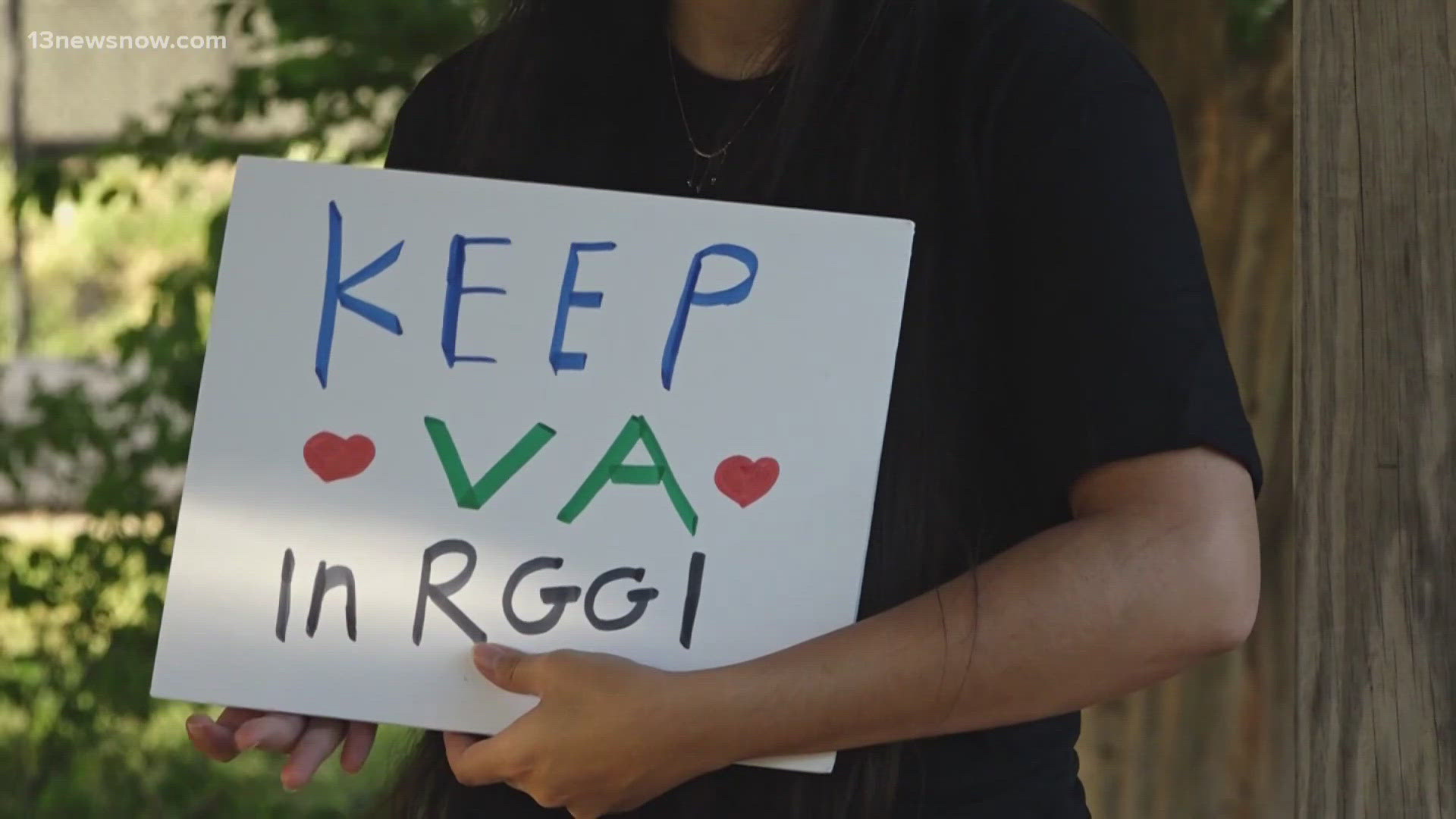CHESAPEAKE, Va. — With climate change challenges on the horizon, efforts are underway to help combat them, and some of those efforts are taking place in nearby waters.
A new report from the Chesapeake Bay Foundation (CBF) shares that oyster restoration is key to helping with climate resiliency in the region. Healthy oyster populations benefit the environment, as well as the people and economies who live within the environment.
According to the CBF, oyster numbers in the Chesapeake Bay fell drastically over the past century because of disease, overharvesting, pollution and habitat loss. This decline in numbers has led to water quality issues, negatively impacting fisheries in the area and leaving shoreline habitats vulnerable to erosion.
But the CBF, with federal, state, and local support has helped initiate oyster restoration projects that have seen massive success. These efforts are on track to fully restore eleven oyster tributaries throughout the Chesapeake Bay by 2025.
These restoration projects are part of an effort to combat the effects of climate change. According to the CBF, goals are currently in place to achieve environmental and economic outcomes including:
Improved water quality
Equitable economic opportunities for coastal communities
Increased resilience to sea-level rise and storm surge
Climate change mitigation
Transparency and accountability in fishery management, and
- Modernized fishery management for sustainable harvests
The environment benefits from thriving oyster populations, including oyster reefs being built alongside underwater grasses, living shorelines and native trees and shrubs. The biodiversity in shallow water areas helps bolster the environment to be more resilient against climate change and erosion.
The economy also benefits from these coastal restoration efforts, mainly by providing a key habitat for game fish and blue crabs.



